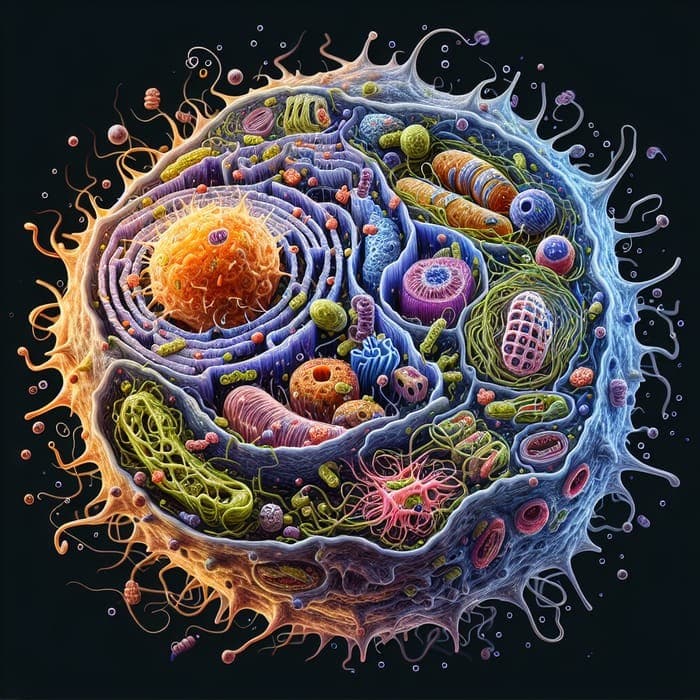Originally posted on IPKat.
When out and about talking with scientists, I am often asked to explain the difference between freedom to operate (FTO) and patentability. The distinction between FTO and patentability is highly relevant to the field of biotechnology and understanding the difference is crucial. However, whilst the majority of “Intro to IP” talks begin with telling us that patents are negative monopolies, the significance of this legal principle and its relation to patentability and FTO, is lost without illustrative examples.
Freedom to operate versus patentability: The legal distinction
Patents grant negative rights, particular a patent gives its owner the right to exclude others from making, using or selling the patented invention. However, owning a patent does not grant the patentee the right to practice their own invention. A situation may arise whereby an invention is novel and inventive and thus patentable, but which nonetheless falls within the scope of broader existing patents. In this case, the inventors may have a patentable invention, but may not have freedom to operate for the invention.
But how do these rather dry legal concepts translate into practice? There are a number of scenarios in which FTO and patentability interact within the biotech field, including genus versus species claiming, platform versus product inventions and second medical use patents.
Genus and species
In biology, it is possible to patent both a “genus” and a “species” of technology. In other words, you can patent a broad range of things grouped by a common feature or function (genus), as well as a specific embodiment falling within the genus (species). It is possible in Europe, for example, to patent a genus of antibodies that bind a particular target or epitope, in the format “An(y) antibody binding target Y“. See for example EP2812443 B1 and T 0835/21. This type of claim will cover any antibody binding target Y. Anyone making a new antibody to the target Y will then be covered by the broad patent and lack freedom to operate.
However, regardless of whether a genus of antibodies has been previously patented, it is still possible to patent a species of antibody within the genus. An inventor may, for example, develop a new antibody directed to target Y that has particularly good affinity or efficacy. If this particular antibody satisfies the patentability requirements of novelty and inventive step it will be patentable e.g. in the format “Antibody X binding to target Y“. To be novel, the particular sequence of Antibody X must not have previously been disclosed. To be inventive, Antibody X must have some form of unexpected effect, such as unexpected affinity or potency.
However, even if the Antibody X is patentable, the inventors will still lack freedom to operate in view of the broader genus antibody patent that already exists, i.e. “An(y) antibody binding target Y“. Antibody X is, after all, an antibody that binds target Y and thus falls under the scope of the genus patent. The inventors of Antibody X therefore have patentability, but not freedom to operate. Similarly, the holders of the original antibody genus patent for any antibody binding target Y will not have the freedom to operate required to use Antibody X in view of the species patent for Antibody X. To use each other’s inventions, both parties will need a licence from each other.
Platform and product
Another common situation in biotech where we see the interaction between patentability and freedom to operate is the interaction between platform and product IP. In the biotech world, for example, there exists considerable platform technology directed to different antibody formats and functional modifications, such as new bi- and multispecific formats and Fc modifications for promoting certain antibody functions. These platform technologies are often covered by patent protection, for example “An(y) IgG antibody comprising Fc modification Y“. As such, any new antibody product incorporating these platform technologies will need to consider freedom to operate with respect to these patents.
However, the inventiveness of a new antibody is often linked to its binding behaviour as determined by the variable region as opposed to the Fc region. The variable region sequence of a new antibody product directed to a new target may therefore be patentable in and of itself. Whether of not the final product incorporates Fc modifications may be considered immaterial to the patentability of the variable region. In this situation, the inventors of the antibody product lack FTO for the Fc modifications but have a patentable product based on the antibody variable sequence. To exploit the product, the inventors will therefore need a licence from the holders of the Fc platform IP.
Second medical use claiming
Another scenario in which freedom to operate and patentability collide is with respect to second medical use inventions. A drug product, such as a therapeutic monoclonal antibody, will usually be protected by a composition of matter patent that covers the drug product itself. This patent protects the product per se, and consequently any commercial use or sale of the product. Any third party wishing to use or sell a biosimilar version of the antibody will need to wait until the product patent expires. The third party lacks freedom to operate.
However, in Europe it is possible to patent a new use of a known product (Article 54(4) and (5) EPC). Anyone may patent a new medical use of a known product, provided the new use is plausible in view of the application as filed and common general knowledge. It is therefore possible for parties who do not own the original product IP to obtain second medical use patents for the product (e.g. by obtaining data using the research exception to patent infringement). However, if the product patent is still in force, the inventors of the second medical use will not have freedom to operate to use their invention without a licence to use the product. Similarly, the holder of the product patent will not be able to use their product for the second medical use without a licence from the holders of the second medical use patent.
Final thoughts
The question left for innovators in the biotech sector is how best to navigate the combined minefields of freedom to operate and patentability? Counterintuitively, the best strategy is not to focus on the IP. Instead, innovative science is the best strategy for achieving the holy grail of both patentability and FTO. Faced with a complex patent landscape, there may be a temptation to simply try and design around the existing IP with minor modifications. However, whilst this strategy may help with FTO, it is unlikely to lead to strong patentability. Similarly, producing a follow-on product within an existing broadly known approach may give you patentability, but not freedom to operate in view of existing broad patents. In such complex IP landscapes, the best approach is to focus on truly innovative science and ideas as the best strategy for achieving a strong IP position.
Author: Rose Hughes









